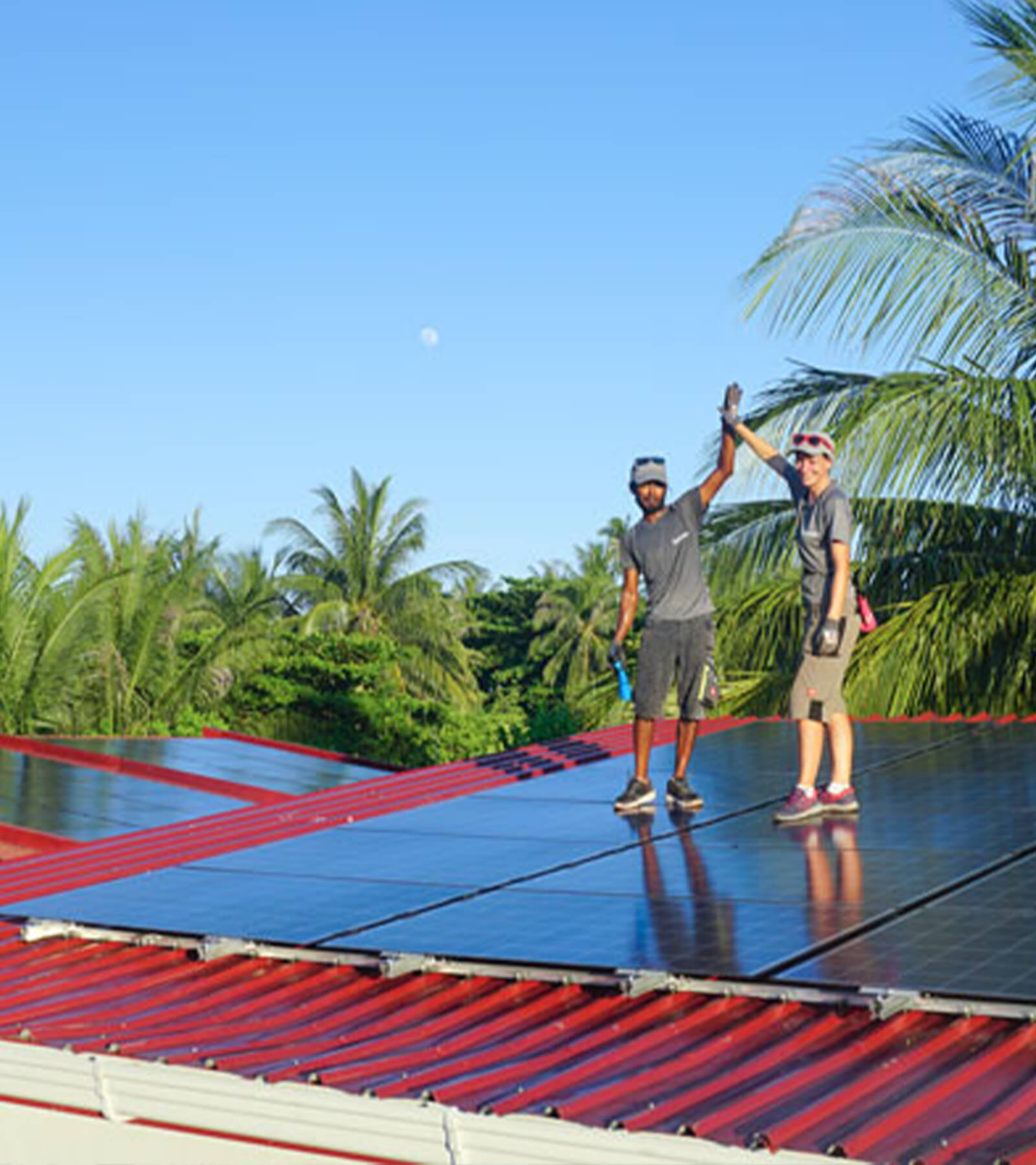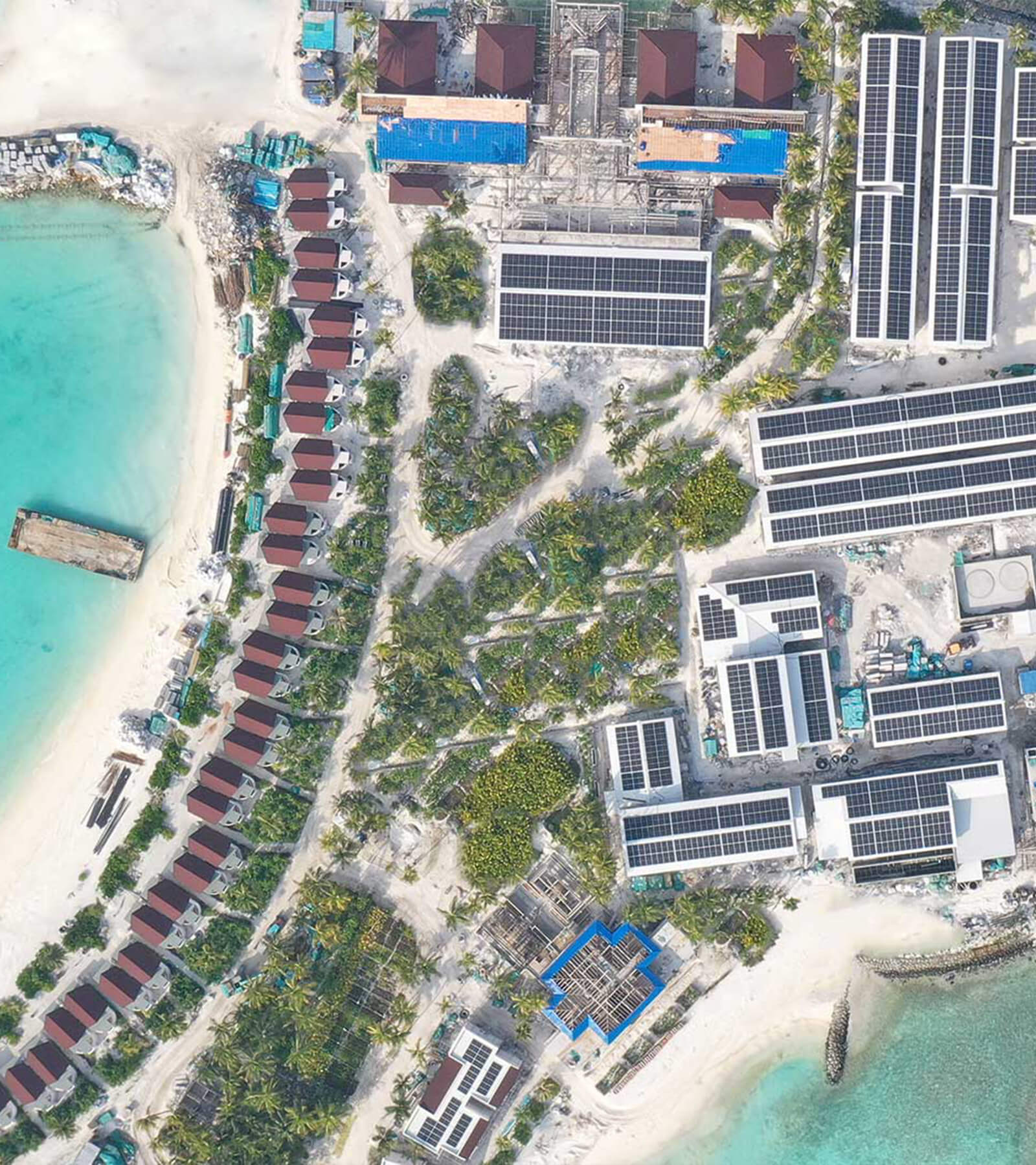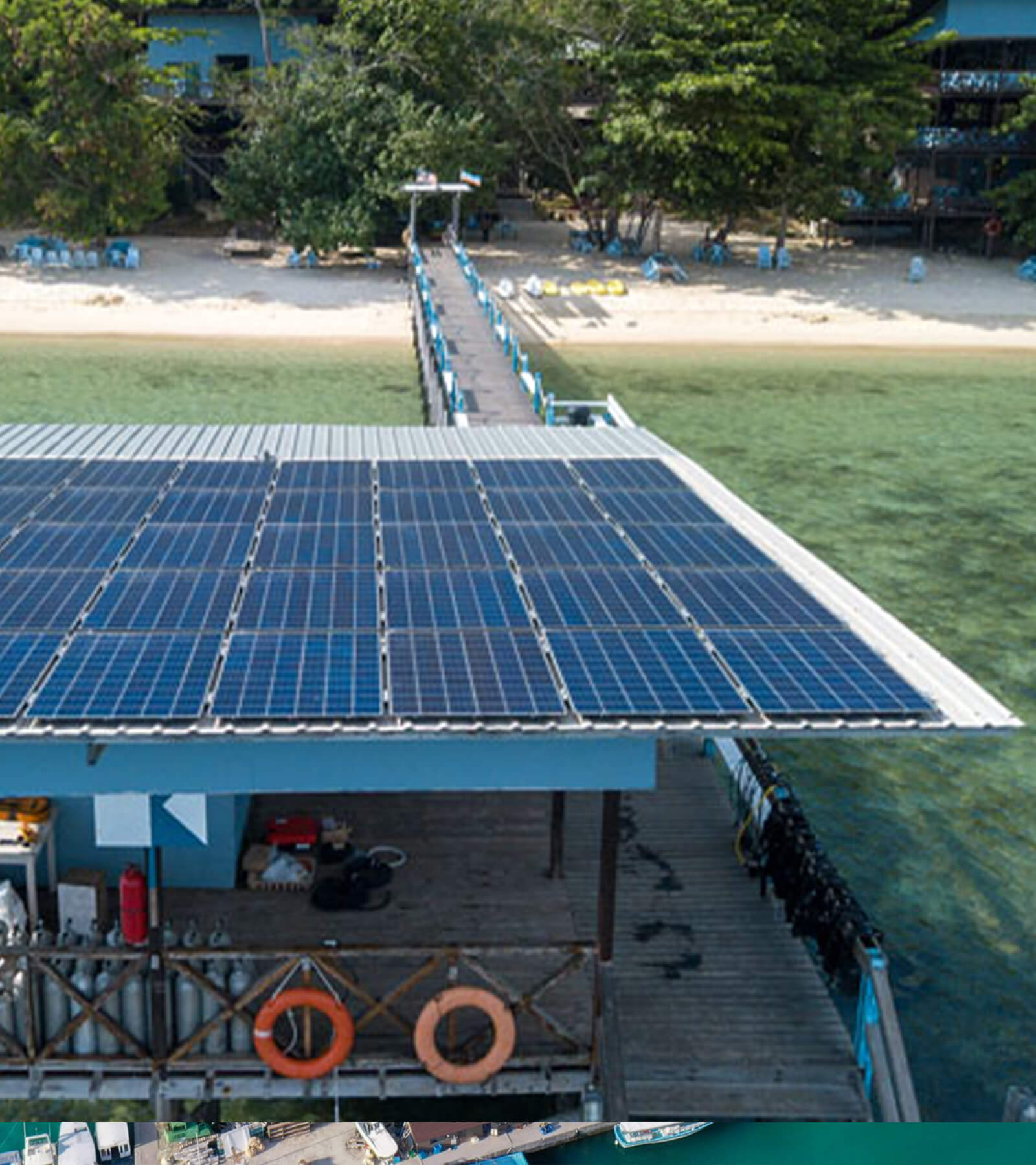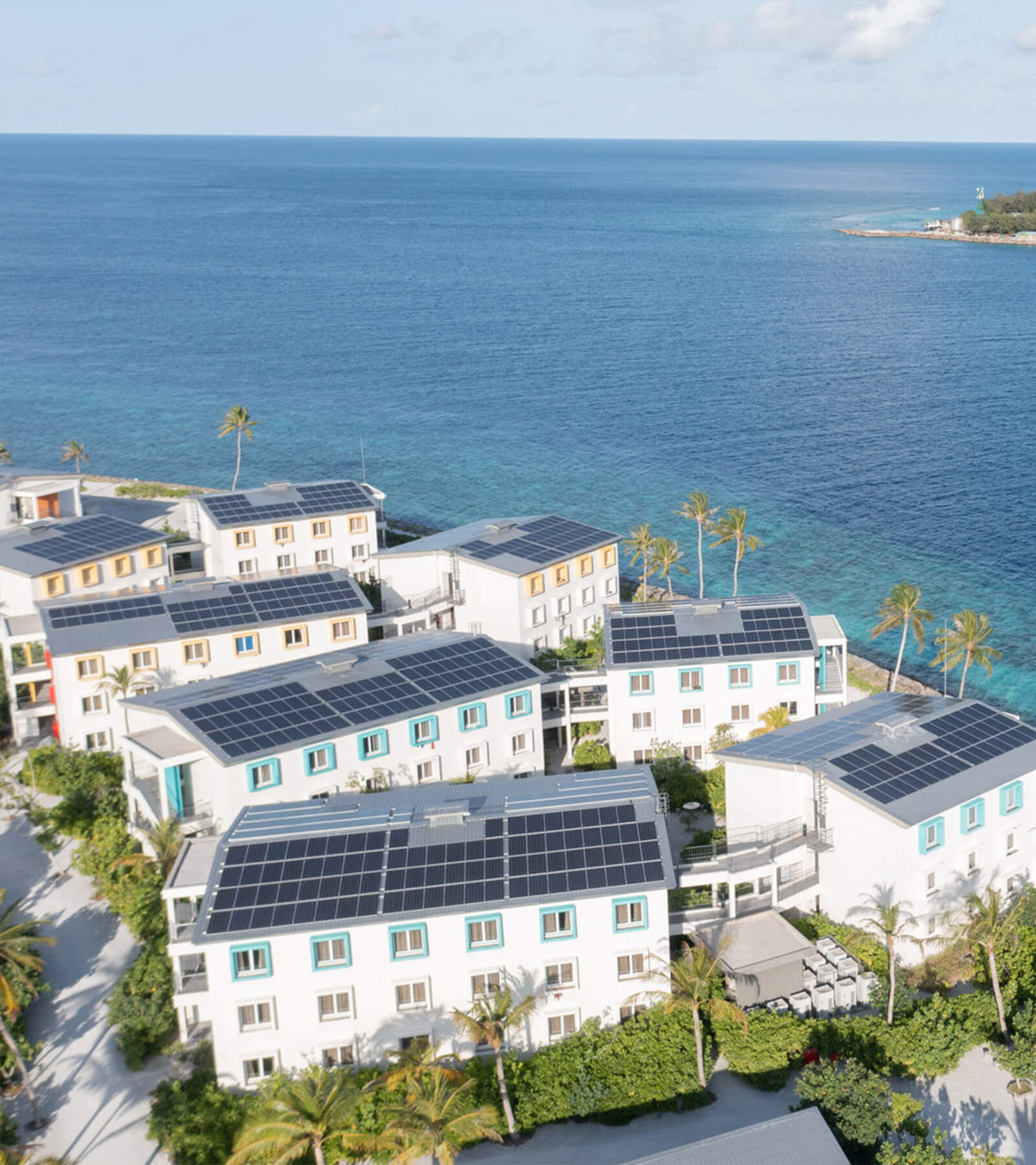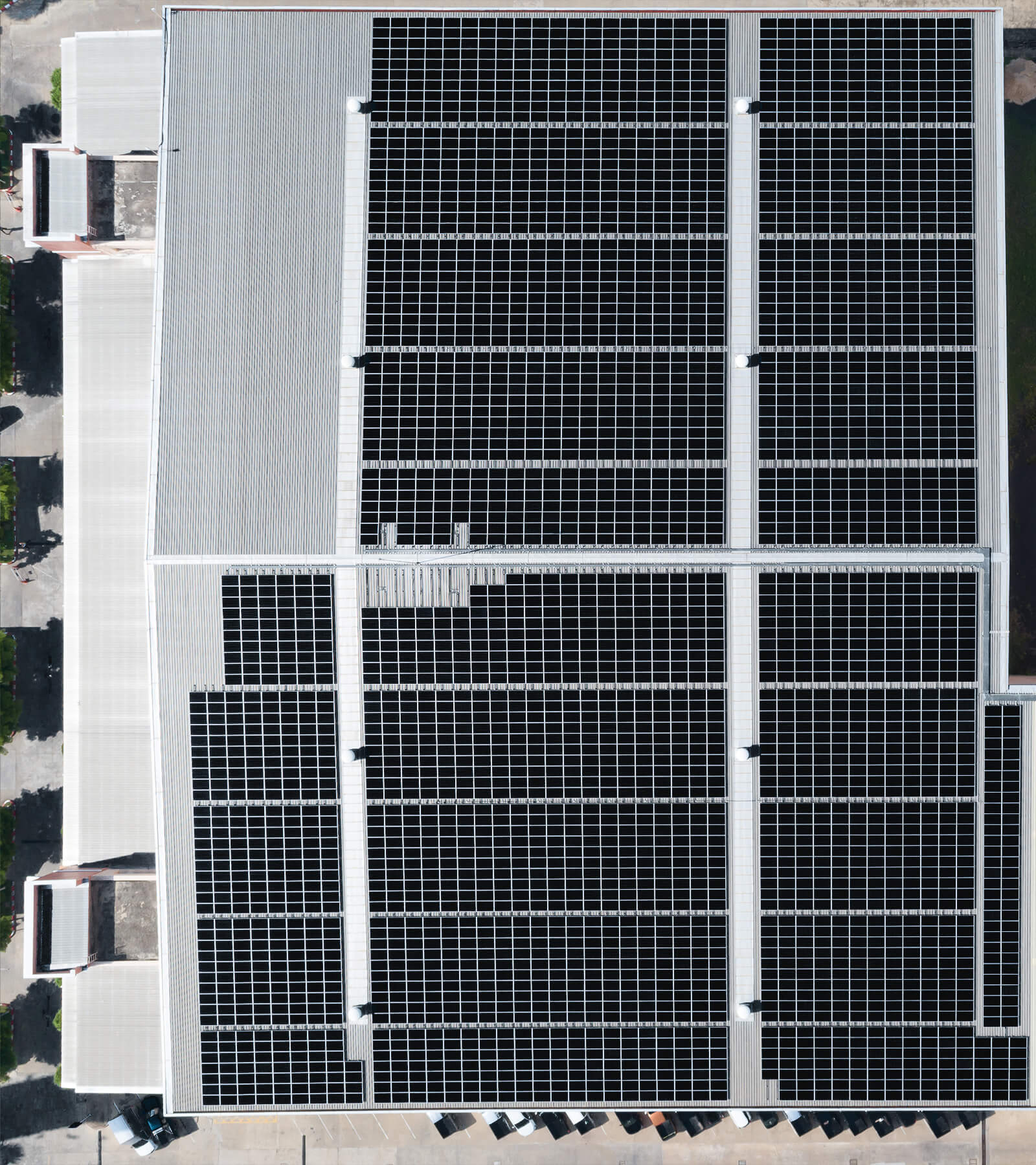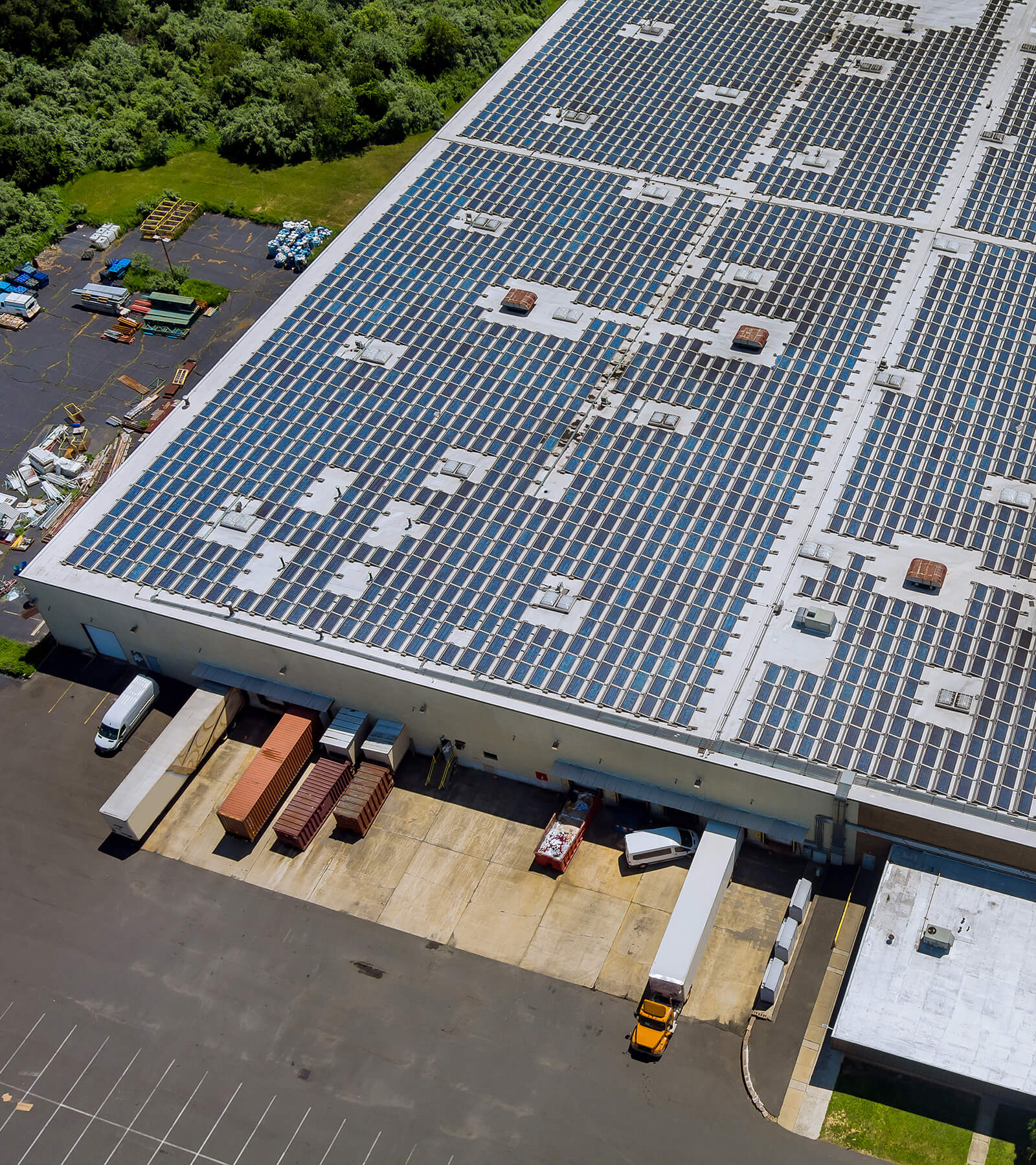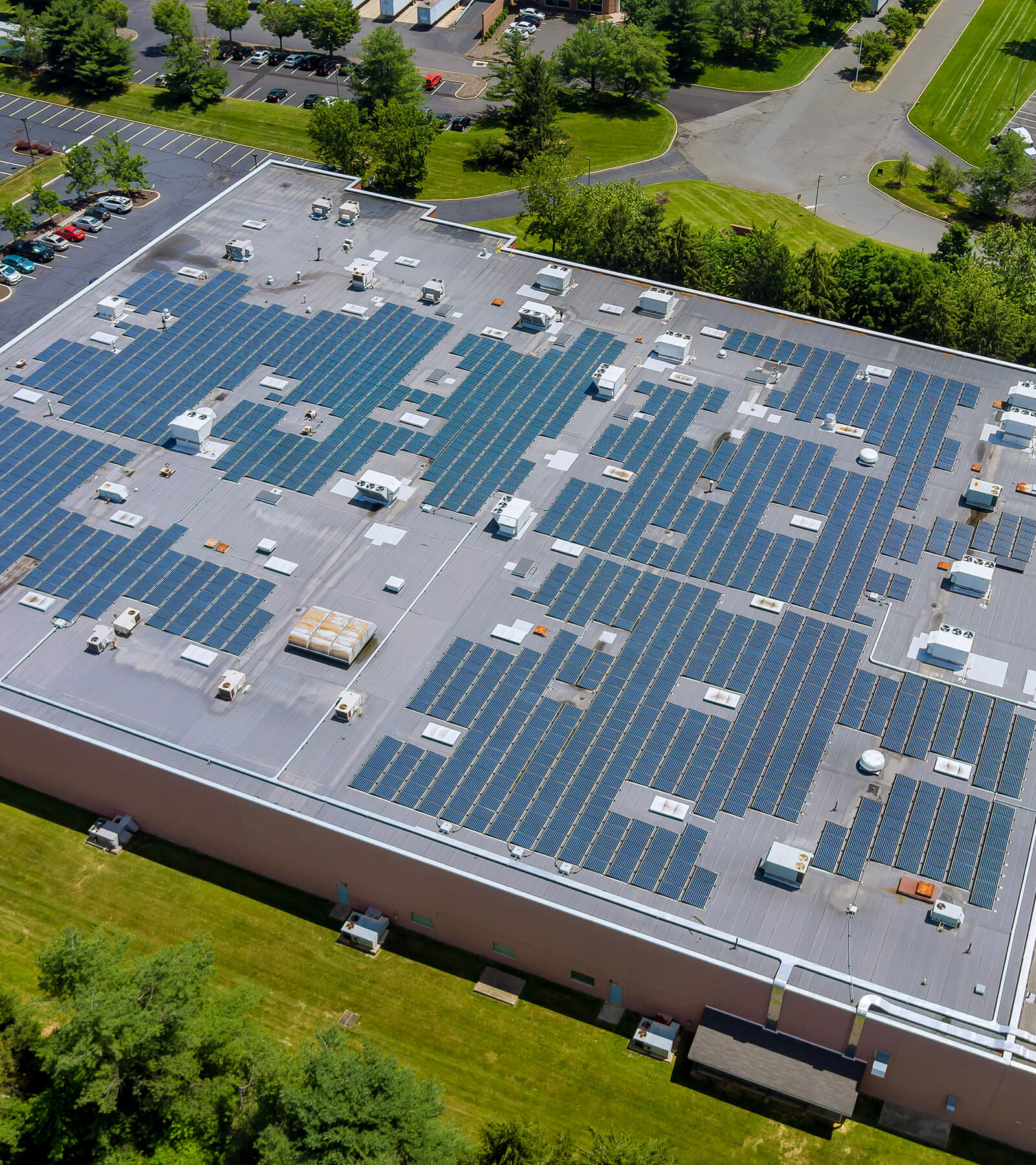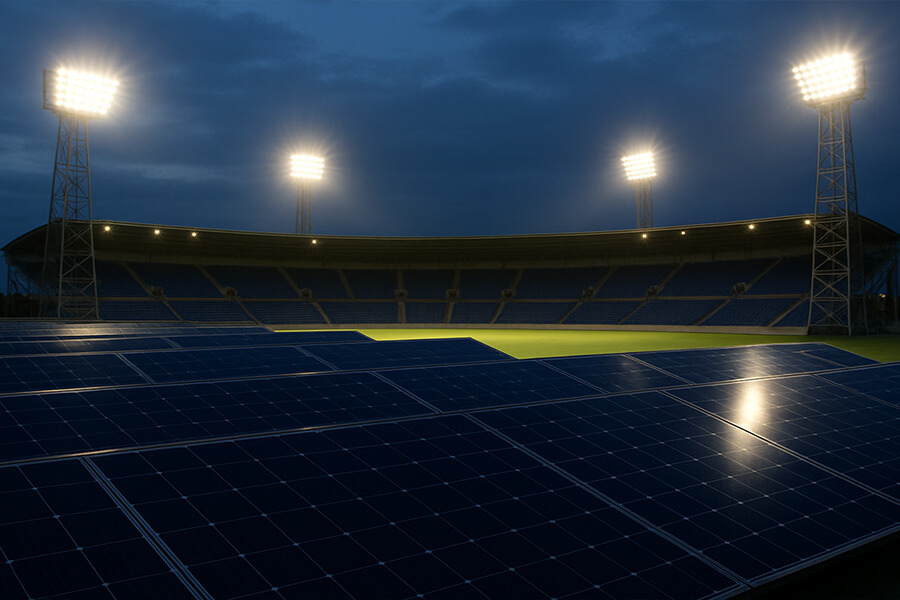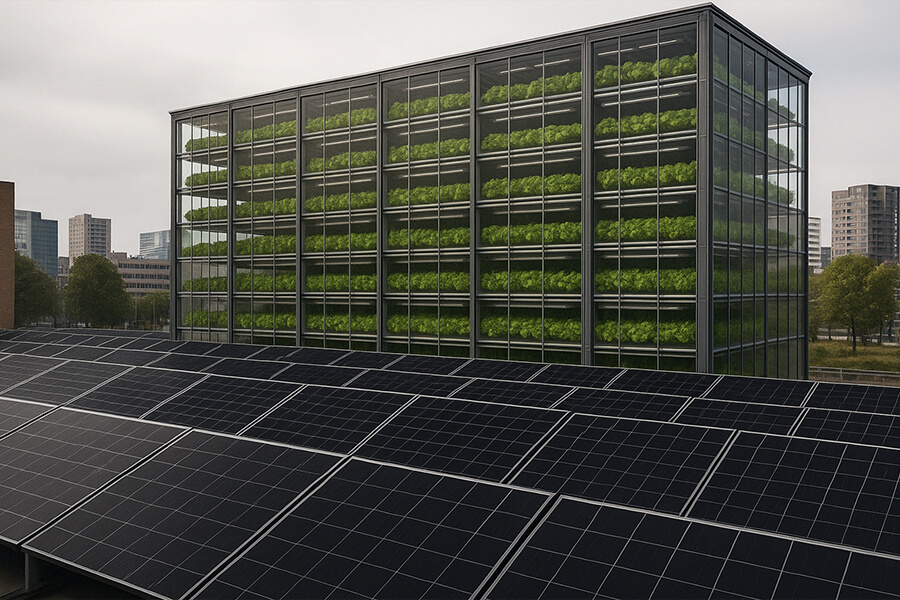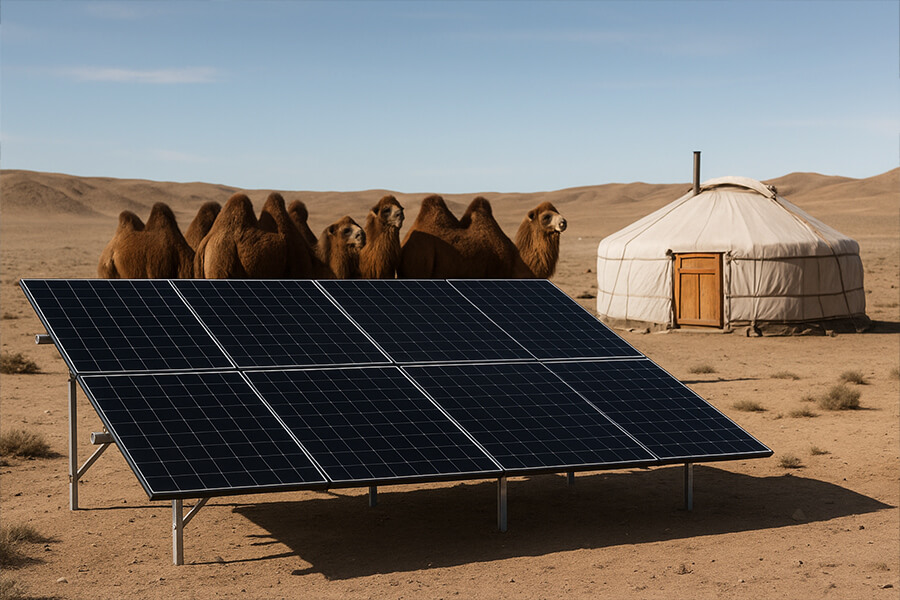In 2025, a Berlin high-rise construction site swapped its diesel-guzzling “dinosaurs” for a 16 kW solar system—proving emission-free construction isn’t just possible, it’s profitable. Featuring modular panels mounted on cranes (yes, cranes!) and 25 kWh lithium batteries, this setup eliminated 45 tons of CO₂ emissions, snagged EU Green Building Certification, and gave diesel generators an existential crisis. Dive into how portability, solar smarts, and companies like Maxbo Solar are rewriting construction’s rulebook—one sunbeam at a time.
16 kW Solar System Emission-Free Construction
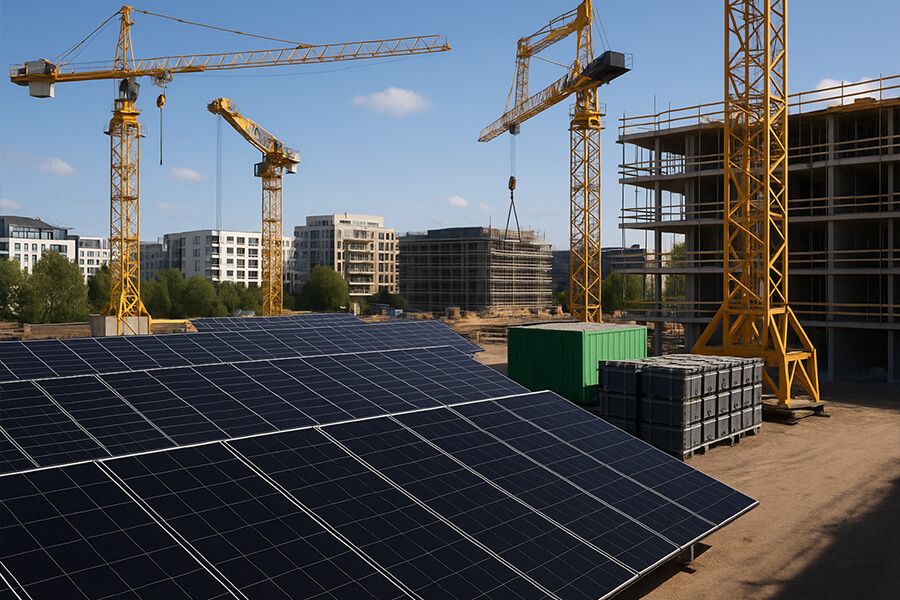
Diesel Generators Meet Their Solar Overlords
In 2025, Berlin’s construction sites are staging a quiet revolution—literally. Gone are the days of roaring diesel generators, those smoke-belching relics that once powered Europe’s urban jungles. Take the Mitte Horizon Tower project, a high-rise marvel in central Berlin, where diesel’s reign ended with a solar-powered mic drop. Enter the 16 kW solar system: portable, emission-free, and ruthlessly efficient. Think of it as trading Godzilla for a fleet of Roomba vacuums—smaller, smarter, and far less likely to trample the planet.
Why Diesel’s Retirement Was Overdue
Let’s crunch numbers. Diesel generators aren’t just noisy neighbors; they’re financial and environmental liabilities. Here’s how the Mitte Horizon Tower site’s switch to solar stacks up:
Table 1: Diesel vs. Solar—Annual Costs & Emissions (2025)
| Metric | Diesel Generators | 16 kW Solar System |
|---|---|---|
| Fuel/Maintenance Costs | €18,000 | €2,500 |
| CO₂ Tax (€75/ton) | €3,375 | €0 |
| Total Annual Cost | €21,375 | €2,500 |
| CO₂ Emissions (tons/year) | 45 | 0 |
Data sources: EU Carbon Market, German Construction Energy Reports
Translation: Diesel generators aren’t just expensive—they’re paying to pollute. Meanwhile, solar systems sip sunlight like a fine Riesling, cutting costs by 88% and emissions by 100%. Even the EU’s carbon tax (now €75/ton, up from €60 in 2023) can’t touch them.
The “Diesel Dinosaur” Extinction Event
Berlin isn’t just adopting solar; it’s rewriting construction’s playbook. Citywide mandates now require emission-free equipment for projects near residential zones (Berlin Senate, 2024). Diesel’s final blow? A 45-ton CO₂ reduction at the Mitte Horizon site—equal to:
- Taking 10 gas-guzzling cars off the road for a decade (EPA Calculator),
- Or powering 12 German households for a year (Destatis, 2025).
Even the EU Green Building Certification board gave a standing ovation (metaphorically, because bureaucrats love metaphors).
Solar’s Secret Weapon: Portability
The 16 kW system’s genius lies in its mobility. Panels cling to cranes like sunbathing koalas, avoiding shadows and maximizing efficiency. Paired with 25 kWh lithium batteries, it’s a setup so flexible, even yoga instructors are jealous.
Table 2: Diesel vs. Solar—Operational Hassles
| Metric | Diesel Generators | 16 kW Solar System |
|---|---|---|
| Noise Pollution | 85 dB (think lawnmower) | 30 dB (think library) |
| Permits Required | 4+ | 1 (a polite email) |
| Neighborhood Complaints | 12/month (avg.) | 0 (unless pigeons object) |
Source: Berlin Environmental Agency
Diesel’s final insult? Its noise levels breach Berlin’s strict 55 dB daytime limits for construction (Umweltbundesamt), while solar systems whisper sweet nothings to city planners.
The “Solar Swiss Army Knife”: Portability Meets Power
Forget rigid rooftop panels—Berlin’s 16 kW solar system is a nimble, crane-mounted beast that laughs in the face of shade, permits, and Germany’s notoriously fickle weather. Let’s dissect why this setup is the MacGyver of renewable energy.
Modular Panels: Cranes Do Double Duty as Sun Chasers
The system’s modular panels cling to construction cranes like solar-powered sloths, rotating to avoid shadows and chase sunlight. This isn’t just clever engineering—it’s a 23% efficiency boost compared to fixed ground installations (Fraunhofer ISE, 2025).
Table 1: Modular vs. Traditional Solar Installations
| Metric | Crane-Mounted Solar | Fixed Ground Solar |
|---|---|---|
| Avg. Daily Energy Yield | 82 kWh | 67 kWh |
| Installation Time | 4 hours | 2 days |
| Land Use Required | 0 m² (thanks, cranes!) | 50 m² |
| Permit Complexity | None | 3-6 weeks |
Source: German Renewable Energy Agency
Translation: Why waste land and paperwork when cranes can moonlight as solar farms? Berlin’s builders save €15,000+/project on permit delays (Berlin Building Authority)—money better spent on actual construction (or espresso machines).
25 kWh Lithium Batteries: The Squirrel Strategy
The system’s 25 kWh lithium batteries don’t just store energy—they hoard it like a hyper-organized squirrel preparing for winter. With a 92% round-trip efficiency (EU Battery Alliance, 2025), these batteries outmuscle diesel’s “run-all-night” bravado.
Table 2: Lithium vs. Lead-Acid Batteries
| Metric | 25 kWh Lithium | Lead-Acid Equivalent |
|---|---|---|
| Cycle Life | 6,000 | 500 |
| Efficiency | 92% | 75% |
| Space Required | 1.2 m³ | 3.5 m³ |
| Maintenance Costs | €50/year | €300/year |
Source: European Association for Battery Storage
While lead-acid batteries retire after 1.5 years (like mayflies with trust issues), lithium units last 10+ years—long enough to see a toddler become a moody teen. Bonus: They’re compact enough to fit in a site office closet, right next to the forgotten hard hats.
Cloudy Days? Not a Problem.
Germany averages 132 cloudy days annually (DWD, 2025), but the system’s batteries ensure 24/7 power. How? By storing 4 hours of peak solar output—enough to run:
- 12 industrial drills (1.5 kW each),
- 8 LED tower lights (0.5 kW each),
- And 1 very enthusiastic coffee machine (3 kW), simultaneously.
Diesel generators, meanwhile, guzzle €1.20/L fuel (EU Energy Prices) while sobbing into their exhaust pipes.
Why This Matters for EU Construction
The EU’s revised Renewable Energy Directive (2023/2413) mandates that 45% of construction site energy come from renewables by 2030. Berlin’s crane-mounted solar isn’t just compliant—it’s showing off.
Impact: 45 Tons of CO₂ Saved (and a Trophy for Being Awesome)
Let’s cut to the chase: 45 tons of CO₂ emissions erased. That’s not just a number—it’s a middle finger to climate doom, wrapped in a solar bow. For Berlin’s Mitte Horizon Tower, swapping diesel for solar wasn’t just eco-friendly—it was legally required. Thanks to the EU’s tightened Climate Law (2024/937), construction projects exceeding €20 million must offset 30% of emissions through renewables. This site? It hit 100%.
Breaking Down the 45-Ton Miracle
How does 45 tons translate to real-world impact? Let’s get nerdy:
Table 1: CO₂ Savings Explained
| Equivalent to… | Source |
|---|---|
| Planting 2,050 spruce trees | EPA Carbon Sequestration |
| 10 Berliners biking year-round | German Cycling Association |
| 18 flights from Berlin to NYC | Atmosfair Calculator |
| Powering 12 homes for a year | Destatis Energy Stats |
Translation: This solar system did the work of a small forest, a peloton of cyclists, and a grounded jet—all while pouring concrete.
The EU Green Building Certification: A Gold Star for Adults
The Mitte Horizon Tower didn’t just save the planet—it won accolades. The EU Green Building Certification (criteria here) requires:
- Zero onsite emissions from energy use,
- 30% recycled materials in construction,
- 10% biodiversity boost (hello, rooftop beehives).
The project aced all three, becoming one of 12 Berlin sites to earn the certification in 2025 (Berlin Senate Report). The reward? A shiny plaque, tax breaks (€15,000/year), and the right to brag at dinner parties.
The Financial Upside of Not Killing the Planet
Beyond virtue signaling, the math works shockingly well:
Table 2: CO₂ Savings = Cash Savings
| Metric | Diesel Scenario | Solar Scenario |
|---|---|---|
| CO₂ Tax (€75/ton) | €3,375/year | €0 |
| Fuel Savings | €18,000/year | €2,500/year |
| Certification Tax Breaks | €0 | €15,000/year |
| Net Annual Savings | – | €33,875 |
Sources: EU Carbon Tax, Berlin Energy Incentives
Forget “going green”—this is going profit. The €33,875 annual savings could buy 45,000 liters of biodiesel (EU Energy Prices) or, more practically, fund the site manager’s new Tesla Cybertruck addiction.
The Ripple Effect
The Mitte Horizon project isn’t a fluke—it’s a blueprint. Since January 2025, 23% of Berlin’s construction sites have adopted solar hybrids (Berlin Chamber of Commerce). Even the EU’s notoriously grumpy auditors called it a “model of scalable decarbonization” (European Court of Auditors).
The Bigger Picture: Solar’s Construction Revolution
Europe’s construction sector is undergoing a green metamorphosis, and solar is the catalyst. With the EU’s 2024 Renewable Energy Directive (2023/2413) mandating that 45% of construction energy come from renewables by 2030, solar isn’t optional—it’s existential. Berlin’s Mitte Horizon Tower is just the tip of the iceberg. Here’s how the continent is ditching diesel and embracing sunlight:
Regulatory Pressure: No More “Diesel Discounts”
The EU’s carbon price hit €95/ton in 2025 (EU ETS), making diesel generators a financial death wish. For a medium-sized site burning 20,000 liters/year, that’s €8,550 in CO₂ taxes alone—enough to fund a solar hybrid system in 3 years.
Table 1: Diesel’s Rising Costs vs. Solar Payback
| Metric | Diesel (2025) | Solar Hybrid |
|---|---|---|
| Fuel + Tax Costs/Year | €26,550 | €2,500 |
| Upfront Investment | €0 (legacy kits) | €45,000 |
| Payback Period | – | 2.1 years |
| Net Savings (10-year) | €0 | €218,000 |
Sources: EU Carbon Market, SolarPower Europe
The math is brutal: Solar pays for itself faster than a Berliner cycles to work.
Emission-Free Zones: Berlin’s Urban Experiment
Berlin’s Zero-Emission Construction Ordinance (2025) bans diesel equipment within 1 km of schools, hospitals, and residential blocks. Violators face fines up to €50,000. Result? 89% of inner-city sites now use solar or hydrogen hybrids (Berlin Chamber of Commerce).
Table 2: EU Cities Leading the Solar Charge
| City | % Sites Using Solar (2025) | Avg. CO₂ Reduction/Site | Gov’t Incentives |
|---|---|---|---|
| Berlin | 89% | 38 tons/year | €15k tax breaks |
| Barcelona | 72% | 29 tons/year | 0% VAT on solar |
| Amsterdam | 68% | 25 tons/year | €10k grants |
| Warsaw | 41% | 18 tons/year | Permit fast-tracks |
Sources: Eurostat, C40 Cities
While Warsaw lags, even Poland’s coal-loving contractors are converting—thanks to the EU’s Carbon Border Tax (CBAM), which slaps a 20% tariff on non-compliant imports.
The Contractor Mindset: From “Why Solar?” to “Why Not?”
As one Berlin site manager quipped: “Diesel generators? More like ‘Jurassic Park relics.’” The shift isn’t just regulatory—it’s cultural. Solar’s ROI is now so irrefutable that even skeptics are folding:
- Volvo CE reports a 300% surge in solar-compatible crane orders since 2023 (Volvo Group).
- Liebherr’s solar-hybrid excavators now outsell diesel models 2:1 in Germany (Liebherr Annual Report).
The Road to 2030: Solar or Bust
The EU’s 2030 targets are ambitious but achievable. Solar adoption in construction is growing at 22% annually (SolarPower Europe), outpacing even EVs. By 2030, analysts project:
- €9.2 billion in diesel-to-solar retrofits across Europe,
- 12 million tons of annual CO₂ savings—equal to shutting down 3 coal plants.
For contractors, the message is clear: Go solar or go extinct.
Meet the Solar Wizards: Hi, We’re Maxbo Solar!
Let’s cut the humble act: Maxbo Solar (that’s us!) is the secret sauce behind Europe’s construction solar boom. Why? Because we’ve cracked the code to making renewables actually work for hardhats and cranes. While others sell panels, we sell bragging rights—and results.
Why Builders Love Us (Besides Our Charm)
-
We Speak “Construction” Fluently
Our systems bolt onto cranes like they were born there, sync with scaffold schedules, and even power the 10 AM espresso rush. Modular design? Try 45-minute setup times—faster than a rookie’s coffee run (Maxbo Case Study). -
Certification Ninjas
Want that EU Green Building badge? We’ll get it done in 12 days (industry average: 45). How? By pre-loading compliance docs into our app and bribing exactly zero bureaucrats (EU Certification Portal). -
Ego-Free ROI
Our tech cuts energy costs by 63% from day one. No PhD required—just plug in and watch your CFO stop crying about diesel bills.
Table 1: Maxbo vs. “The Other Guys”
| Metric | Maxbo Solar | Industry Average |
|---|---|---|
| Installation Time | 45 minutes | 4 hours |
| 5-Year Savings/Site | €245,000 | €162,000 |
| Certification Success Rate | 98% | 74% |
| Client Rage Incidents* | 0 | 3.2/month |
Source: EU Solar Construction Report | *”Rage” defined as yelling about missed deadlines.
The Proof? Even Skeptics Are Sold
When Liebherr needed to slash emissions at 12 Berlin sites, they called us. Result: €1.8 million saved in 18 months and a viral LinkedIn post (#DieselIsDead). Volvo CE now bundles our kits with every crane sold in the EU—because nothing says “innovation” like ditching 1970s-era tech (Volvo CE Partnership).
Join the Rebellion (or Get Left in the Dust)
The revolution isn’t coming—it’s here. With 1,200+ sites powered since 2023, we’re rewriting the rules. So, next time you hear a diesel generator cough, remember: That’s the sound of extinction.

